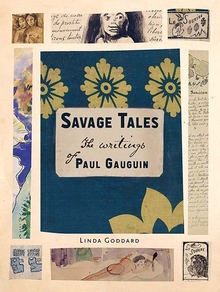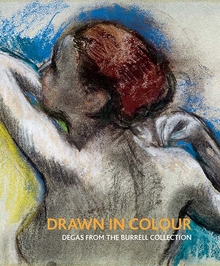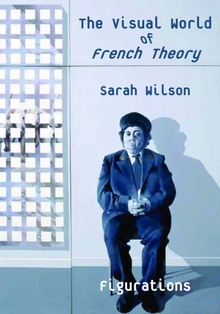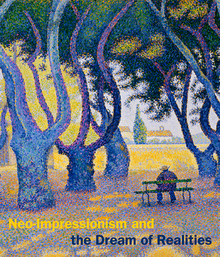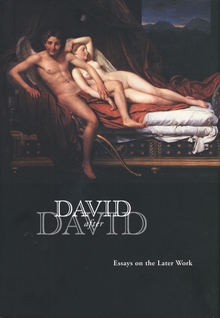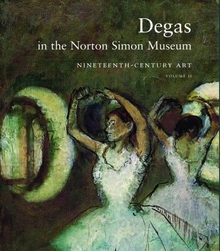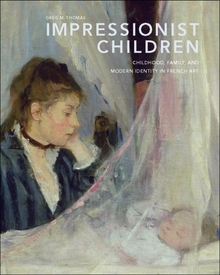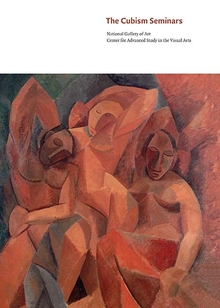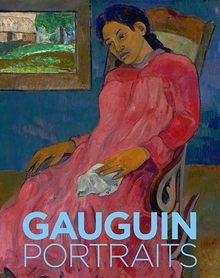Savage Tales
WARNING
You are viewing an older version of the Yalebooks website. Please visit out new website with more updated information and a better user experience: https://www.yalebooks.com
The Writings of Paul Gauguin
Linda Goddard
An original study of Gauguin’s writings, unfolding their central role in his artistic practice and negotiation of colonial identity
As a French artist who lived in Polynesia, Paul Gauguin (1848–1903) occupies a crucial position in histories of European primitivism. This is the first book devoted to his wide-ranging literary output, which included journalism, travel writing, art criticism, and essays on aesthetics, religion, and politics. It analyzes his original manuscripts, some of which are richly illustrated, reinstating them as an integral component of his art. The seemingly haphazard, collage-like structure of Gauguin’s manuscripts enabled him to evoke the “primitive” culture that he celebrated, while rejecting the style of establishment critics. Gauguin’s writing was also a strategy for articulating a position on the margins of both the colonial and the indigenous communities in Polynesia; he sought to protect Polynesian society from “civilization” but remained implicated in the imperialist culture that he denounced. This critical analysis of his writings significantly enriches our understanding of the complexities of artistic encounters in the French colonial context.
As a French artist who lived in Polynesia, Paul Gauguin (1848–1903) occupies a crucial position in histories of European primitivism. This is the first book devoted to his wide-ranging literary output, which included journalism, travel writing, art criticism, and essays on aesthetics, religion, and politics. It analyzes his original manuscripts, some of which are richly illustrated, reinstating them as an integral component of his art. The seemingly haphazard, collage-like structure of Gauguin’s manuscripts enabled him to evoke the “primitive” culture that he celebrated, while rejecting the style of establishment critics. Gauguin’s writing was also a strategy for articulating a position on the margins of both the colonial and the indigenous communities in Polynesia; he sought to protect Polynesian society from “civilization” but remained implicated in the imperialist culture that he denounced. This critical analysis of his writings significantly enriches our understanding of the complexities of artistic encounters in the French colonial context.
Linda Goddard is senior lecturer in art history at the University of St. Andrews.
ISBN: 9780300240597
Publication Date: September 24, 2019
Publication Date: September 24, 2019
208 pages, 7 1/2 x 10
74 color + b/w illus.
74 color + b/w illus.
ADDITIONAL MATERIALS

